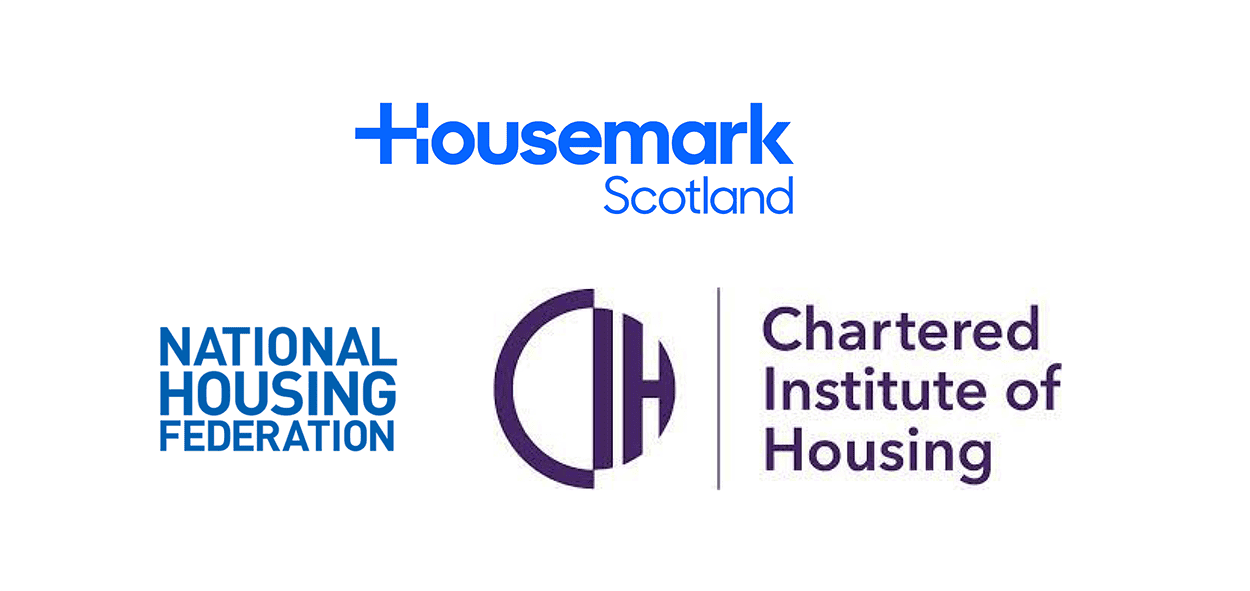Social housing providers in Scotland face a familiar yet complex set of pressures. From constrained budgets and updated legislation to rising expectations among tenants, housing associations and local authorities are seeking smarter ways to deliver safe, sustainable homes. Technology and artificial intelligence (AI) are increasingly central to this ambition, offering tools that can improve efficiency, maintain compliance and place tenants at the heart of housing services.
This article explores where AI and tech are already making a difference in Scottish social housing, practical applications you can deploy now, and what barriers must be overcome to unlock full benefits.
Why the time for tech Investment in Scottish social housing Is now
Housing providers across Scotland are grappling with tightening regulations and net zero targets. New legislative changes like the Housing (Scotland) Bill 2024 are increasing scrutiny on housing quality and tenant rights. Meanwhile, the Scottish Government has committed to ending fuel poverty by 2040 which means landlords must upgrade homes and services within tight budgets.
To succeed, social landlords need to find cost-effective solutions. This is where technology and AI can bridge the gap.
How AI and smart tech can support Scottish housing providers
Transforming customer service
Digital assistants and AI chatbots can handle routine tenant queries, freeing frontline teams to focus on complex issues. This is already happening in parts of the UK. For example, Wheatley Group, Scotland’s largest housing association, uses a digital customer portal to let tenants book repairs, make payments and raise queries online.
Such tools reduce call volumes and wait times, which is vital when budgets are under pressure.
Predictive repairs and preventing damp and mould
One of Scotland’s biggest housing challenges is the legacy of older, energy-inefficient stock. Issues like damp and mould remain widespread, particularly in urban areas. IoT sensors that monitor humidity and temperature can help providers detect early signs of damp, enabling repairs before problems escalate.
A pilot by Glasgow City Council, working with their Registered Social Landlords West of Scotland Housing Association and Southside Association, deployed intelligent housing sensors across properties to monitor atmospheric conditions every 20 minutes. This proactive monitoring enables early intervention where high moisture conditions are recorded, preventing damp and mould issues that can lead to health and wellbeing concerns while also reducing repair and maintenance costs.
Supporting tenants’ well-being digitally
Some Scottish councils and housing associations are trialling digital platforms that reach out to tenants who may be vulnerable. For instance, Hillcrest Futures distributed iPads and MiFi devices to 25 older and/or disabled people throughout Angus, Dundee and Perth and Kinross as part of the Scottish Government’s Connecting Scotland scheme, with staff providing ongoing technical support to help reduce social isolation and improve mental health and wellbeing.
By blending AI with human care, landlords can better prevent tenants from falling into crisis.
Making property management smarter
AI can also streamline back-office functions, from automating compliance reporting to optimising field staff routes. In remote or rural areas like the Highlands, this can save significant travel costs and time.
One Scottish social landlord reduced missed appointments by combining dynamic scheduling with live traffic data for repairs teams. Not only does this cut costs but it also reduces carbon emissions, helping meet Scotland’s net zero housing ambitions.
Enabling older people to live Independently
Scotland’s population is ageing rapidly. By 2045, nearly a quarter will be over 65. Digital care circles, wearable sensors, and smart home devices can help older tenants live safely at home for longer.
For example, Blackwood Homes, a Scottish housing and care provider, has pioneered smart homes called “Blackwood House” fitted with voice-activated systems and sensor-based alerts including their bespoke digital care system CleverCogs, which allows residents to control lights, blinds, doors, entry systems and heating by voice or tablet. These properties feature electric doors that slide into walls, adjustable kitchen units that rise and fall, and moveable bathroom components to provide high levels of accessibility for disabled residents
Overcoming barriers: What Scottish providers need to consider
Innovation cannot succeed without addressing barriers.
- Upfront cost: Many landlords fear high capital expenditure. However, funding streams like the Social Housing Net Zero Heat Fund and the Scottish Government’s Technology Enabled Care programme can offset costs.
- Data security: Tenants’ trust must be earned. Clear governance around data use and robust cyber security are non-negotiable.
- Staff readiness: Even the best tools fail if people are not confident to use them. Training and strong leadership buy-in are crucial to embed digital skills.
Steps to get started
- Start with a clear goal: Pinpoint operational pain points. For example, do you want to cut damp and mould complaints or improve appointment attendance?
- Build digital confidence: Invest in staff training and digital literacy so teams can use AI tools effectively.
- Collaborate widely: Share lessons and pool resources through frameworks like PfH Scotland’s procurement network.
- Use pilots wisely: Trial solutions at a manageable scale before rolling out across stock.
Final thoughts: Making Scottish social housing smarter and fairer
Smart technology and AI have huge potential to help Scottish housing associations and councils provide safer, warmer, more affordable homes. The key is to adopt these tools intentionally and ethically, putting tenants’ well-being and rights first.
PFH Scotland is here to help members navigate this journey, connecting you with trusted suppliers, funding opportunities and peers already making digital change happen.



